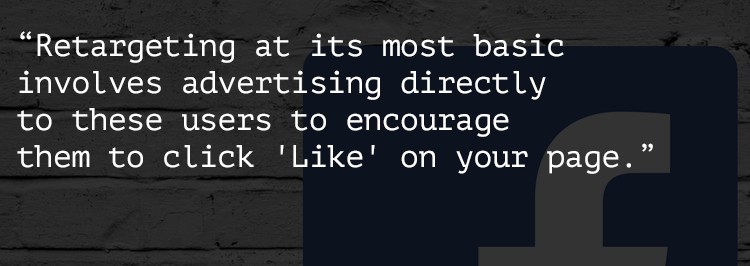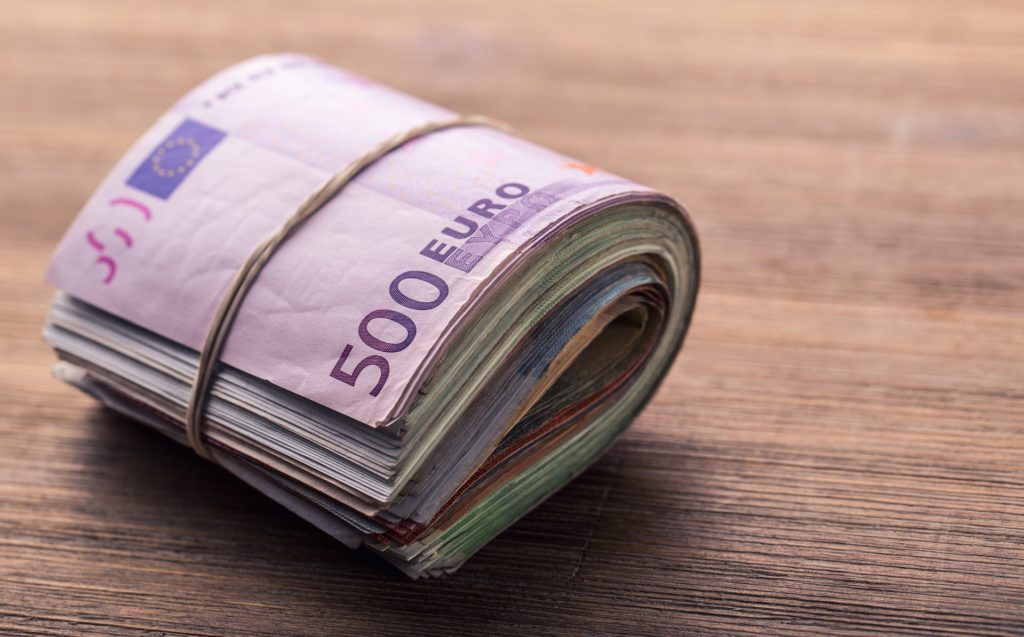We have over five years of experience observing and assisting news publishers grow their presence on social media. Here we will share our takeaways based on real life examples from European publishers.
Disclaimer: Don’t expect it to be cheap

Let’s assume that you have a great content strategy in place. Your publication is posting multiple times a day with news people want to see and you have a great balance of different post types that engage your audience. Phew, great – now on to the next critical phase: Acquiring quality followers.
Acquisition is expensive and can be a deep (yet rewarding) rabbit hole. When done effectively, follower acquisition will open up not only more of the audience you have, but new audiences and traffic sources. The quickest, most effective route in this case is going to be a sustained retargeting campaign. This means you’ll want to track users who already visit your website, but have not clicked ‘Follow’ or ‘Like’ on your social media page.
Retargeting at its most basic involves advertising directly to these users to encourage them to click ‘Like’ on your page. Of course you’ll need to experiment with the type of visual and word combination that is most effective at getting those followers. Target them in the main feed – use the different options available on Facebook to highlight to a reader that they haven’t yet ‘Liked’ the page.

These new followers are likely to be served more of your content in the immediate period after ‘Liking’ the page than at any other point. They have a shelf life too. So 40,000 fans that were gained in the last year are going to be a lot more valuable that 40,000 fans from a single page opening push 3 years ago.
Hopefully you can drive your cost per follower down through tweaking the efficiency of your campaigns and some heavy A/B testing. Now it’s go time.

Focus: Content on Instagram
Even for the most seasoned online news publisher, getting to grips with what sort of news content works on Instagram can be a challenge. Since we introduced Instagram engagement to EzyInsights earlier this year, the importance of the platform for publishers has grown.
“Instagram referrer traffic to publishers has grown 232% since January 2017” – Chartbeat.
Once an account reaches 10,000 followers, you can embed links into Stories, allowing you to drive traffic to your website. Instagram’s strength for now though appears to be skewed towards brand building amongst a new audience. As Mathias Jørgensen, Head of Audience Development at VG Norway says:
“We have currently two different strategies on Instagram, where the normal feed is for building the brand and engagement, while on stories we also focus on driving traffic.”
For further insights on what an important platform Instagram has become for content publishers, see our interview with Mediaset’s Sonia Got Leibar here.
Step by step checklist

1. Measure, measure, measure!
If you’re not measuring as much as possible, it’s impossible to know if anything is really working. Don’t go on hearsay and opinion. This includes your content strategy as well as campaigns set up to acquire followers. You might think you are aiming for one demographic, but find that your core readers are actually in another. You may prefer one Ad over another, but if you find out that it’s not as effective at converting readers into ‘likers’, should this affect your strategy? Probably! The point is you’ll never know any of this unless you measure.
2. Give the data context.
Yes, data is essential, but without the input from the people on the floor, you can easily misread what it means. Get more people involved and have them try to interpret the data in order to get the real story. You got 1000 fans in a day recently when you published a story about Prince Harry. Does your audience just love Prince Harry, or was it the story subject. How have other similar non-Royal stories done? Did one of your stories get featured on other media which drove a different set of readers to your page? Your editorial team will have informed guesses and answers for these questions. Use them to back up what you see in the data and vice versa.
3. When something works – double it.
Here’s where it begins to get scary, quickly. One Swedish paper saw growth when they advertised on Facebook to new followers. They made sure the process was as efficient as possible, so they increased their ad spend by 100% the following month.

4. If it works again, double it again.
Yes, the same Swedish newspaper increased their spend until they were putting in thousands per month into user acquisition. How did they know when to stop? Well in most cases it’s a question of budget, but assuming you have the money to pour into ads, you don’t stop until you see diminishing returns and per user acquisition cost starts to hit an uncomfortable level.
In our example, the increased ad spend meant that Organic acquisition increased quickly also, until it matched the quantity of new followers they were gaining through paid advertising. They kept up this campaign for several months and when they reduced their spend, the momentum of organic user acquisition continued.
Did it work?
In short, yes. Combined with a comprehensive push into producing online content that worked, this minor player in the online space quickly became the number one paper in the country in terms of Facebook engagement.
What could go wrong?
There’s little point in trying to fill up a bath without a plug. The same goes for follower acquisition without a solid monetisation strategy for your traffic. This is not something we have the scope or indeed the specialist expertise to go into in this post, but be assured there is little point in generating a lot of traffic if you cannot effectively monetise it.
“Won’t Facebook cut out publishers altogether?”
It’s true that Facebook has allocated less space in the News Feed to posts by news publishers. However, we know that 50% of engagement comes not directly from publishers posting on Facebook, but by people sharing to their own Facebook feeds from publisher websites. Active new followers lead to more importance within the Facebook algorithm. The same goes for other platforms too, and the principles are the same across these different platforms.
“Won’t we get followers from abroad we don’t want?”
Targeting options should stop you paying to get fans from other territories. You might see some incidental increase as the page is exposed to more people, but they should be a side effect and not something you’re paying for.
More questions? Ask us!
